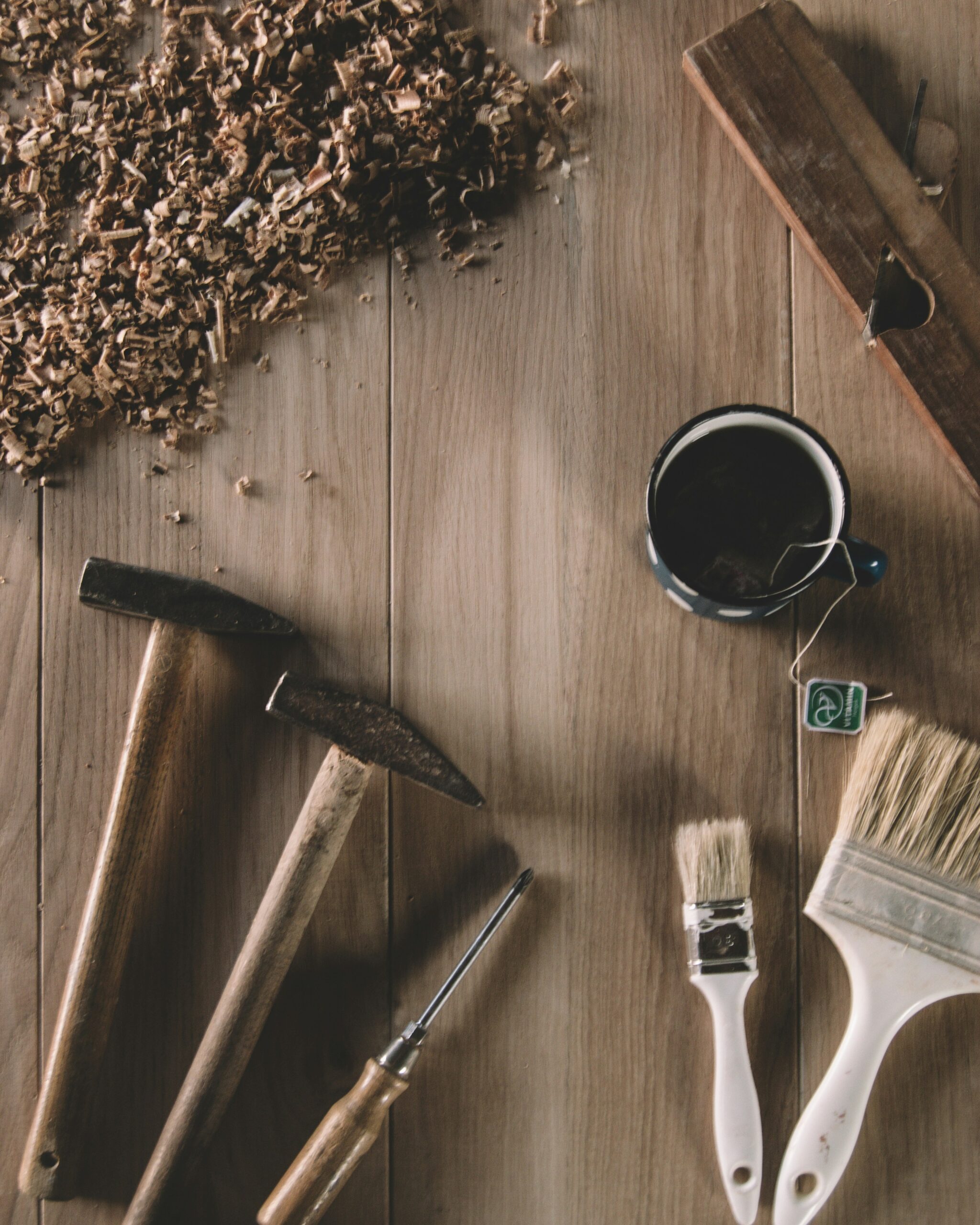If you’ve ever stumbled across a gorgeous antique piece at a thrift store (or inherited a well-loved but outdated dresser), you might have thought, I could totally make this look amazing. And you’d be right! Refinishing furniture is one of the best ways to breathe new life into old pieces, save money, and create something unique.
Whether you’re a total beginner or have dabbled in DIY, this guide will walk you through refinishing furniture like a pro—without the frustration or rookie mistakes.

Step 1: Choose the Right Piece
Not all furniture is worth refinishing. Before diving in, consider:
✔ Material: Solid wood is best. Laminate or veneer can be tricky but doable.
✔ Damage Level: Small scratches? No problem. Major warping or structural issues? Might not be worth it.
✔ Style & Potential: Envision the finished piece—does it have good bones?

Step 2: Gather Your Supplies
Here’s what you’ll need for a professional-level finish:
✅ Sandpaper (80, 120, 220 grit) or a power sander
✅ Wood filler (for deep scratches or holes)
✅ Paint stripper (if removing an old finish)
✅ Putty knife and scraper
✅ Tack cloth or microfiber cloth
✅ Primer (if painting)
✅ Stain, paint, or sealant (depending on your final look)
✅ High-quality brushes, foam rollers, or sprayer
✅ Polyurethane, wax, or topcoat for protection
✅ Painter’s tape and drop cloths

Step 3: Prep the Piece
- Clean it thoroughly – Dust, grime, or grease can ruin a finish. Use a gentle cleaner like TSP or vinegar and water.
- Remove hardware – Unscrew knobs, handles, and hinges. If reusing them, clean or spray-paint them for a fresh look.
- Fill in any damage – Use wood filler for cracks, dings, or missing chunks. Let dry and sand smooth.
- Decide whether to strip or sand – If the piece has layers of paint or varnish, a stripper can save time. Otherwise, sanding works for minor finishes.

Step 4: Sanding 101
Sanding is the secret to a pro-level finish!
✔ Start with 80-grit for heavy finishes or rough surfaces.
✔ Move to 120-grit to smooth things out.
✔ Finish with 220-grit for a buttery-smooth surface.
✔ Always sand with the grain (not against it) to avoid scratches.
✔ Wipe down with a tack cloth after sanding to remove dust.
Pro Tip: If you’re painting, you don’t always need to sand down to bare wood—just enough to rough up the surface for better adhesion.

Step 5: Stain or Paint?
Now for the fun part!
→ Staining:
- Apply with a lint-free cloth or brush, wiping off excess.
- Let dry completely between coats.
- Finish with a clear protective topcoat like polyurethane.
→ Painting:
- Use a primer for a long-lasting finish.
- Apply thin, even coats with a high-quality brush or foam roller.
- Lightly sand between coats for a professional look.
- Seal with a protective topcoat (especially for high-use pieces).
Pro Tip: A sprayer gives a flawless finish with no brush strokes.

Step 6: Protect and Seal
To make sure all your hard work lasts:
✔ Use polyurethane for a durable, glossy or satin finish.
✔ Opt for furniture wax for a soft, vintage look.
✔ Try polycrylic for a non-yellowing, water-based finish (great over painted surfaces).

Step 7: Reassemble & Style
Once everything is dry, reinstall the hardware, step back, and admire your work! Swap out knobs for a modern upgrade, or distress edges for a farmhouse touch.
Bonus Styling Tip: Add shelf liner, stencil a drawer interior, or even use wallpaper for a fun surprise inside cabinets.
Final Thoughts
Refinishing furniture is an incredibly rewarding DIY skill that lets you create high-end pieces at a fraction of the cost. Whether you’re flipping finds, decorating your home, or just getting creative, mastering these pro techniques will take your projects to the next level.
Ready to transform that old dresser or thrift store find? Tag @UnboundAvenue in your refinishing projects—we’d love to see your work!
Want more DIY tips? Check out our guides on painting kitchen cabinets, budget-friendly home makeovers, and furniture flipping for profit!


